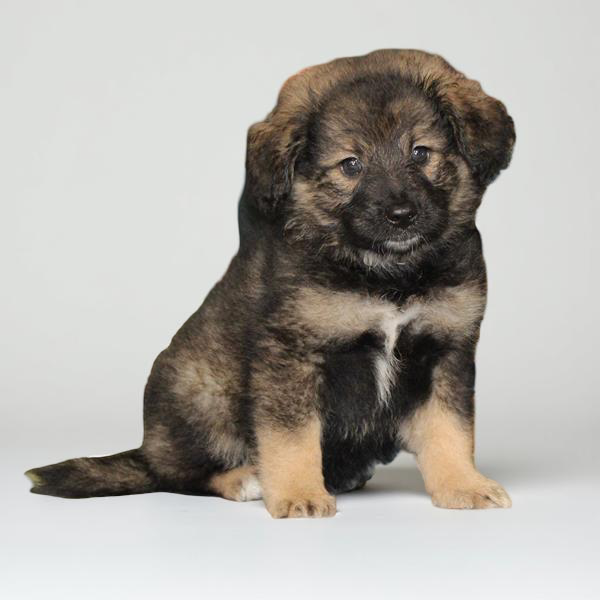
Keeshond/Bernedoodle Mini 2177 Girl
Breed Overview
A Keeshond/Bernedoodle Mini cross is a designer hybrid that combines the Keeshond—a lively, affectionate spitz-type dog—with the Mini Bernedoodle—a small-sized cross between a Bernese Mountain Dog and a Miniature Poodle. This blend typically produces a friendly, intelligent, and social companion with a unique appearance and adaptable temperament.
Appearance
- Size: Usually small to medium, depending on the size of the Bernedoodle parent (often 20–40 lbs).
- Coat: Dense, soft, and fluffy; can range from wavy to slightly curly.
- Colors: May inherit the Keeshond’s classic silver, black, and cream pattern, or the Bernedoodle’s tricolor (black, white, rust), or a mix of both.
- Face: Expressive almond-shaped eyes, often with a fox-like or teddy-bear appearance.
Temperament
- Affectionate & Loyal: Both parent breeds are known for strong bonds with their families.
- Sociable: Enjoys being around people and can be great with children and other pets.
- Alert but Friendly: The Keeshond influence brings natural watchdog instincts without excessive aggression.
- Playful & Cheerful: Often has bursts of energy balanced by calm cuddle times.
Energy & Exercise Needs
- Activity Level: Moderate; enjoys walks, play sessions, and mental stimulation.
- Ideal Activities: Fetch, agility games, short hikes, and puzzle toys.
- Suitability: Can adapt well to apartments or houses if given daily exercise.
Grooming
- Coat Care: Needs regular brushing (2–4 times per week) to prevent matting and tangles, especially if the coat leans toward the Bernedoodle’s curl or the Keeshond’s thick fluff.
- Shedding: Moderate to heavy, depending on coat type.
- Maintenance: Routine trimming around eyes and paws; bathing as needed.
Health
- Potential Concerns: Hip dysplasia, patellar luxation, eye disorders, and certain skin sensitivities.
- Life Expectancy: Around 12–15 years with proper care.
- Vet Care: Regular checkups, dental hygiene, and joint health monitoring are important.
Training
- Intelligence: High—both parent breeds are quick learners.
- Approach: Positive reinforcement works best.
- Focus Areas: Early socialization, consistent boundaries, and recall training.
Ideal For
- Families looking for a friendly, adaptable dog.
- Owners who enjoy moderate activity.
- People willing to commit to regular grooming and companionship.









